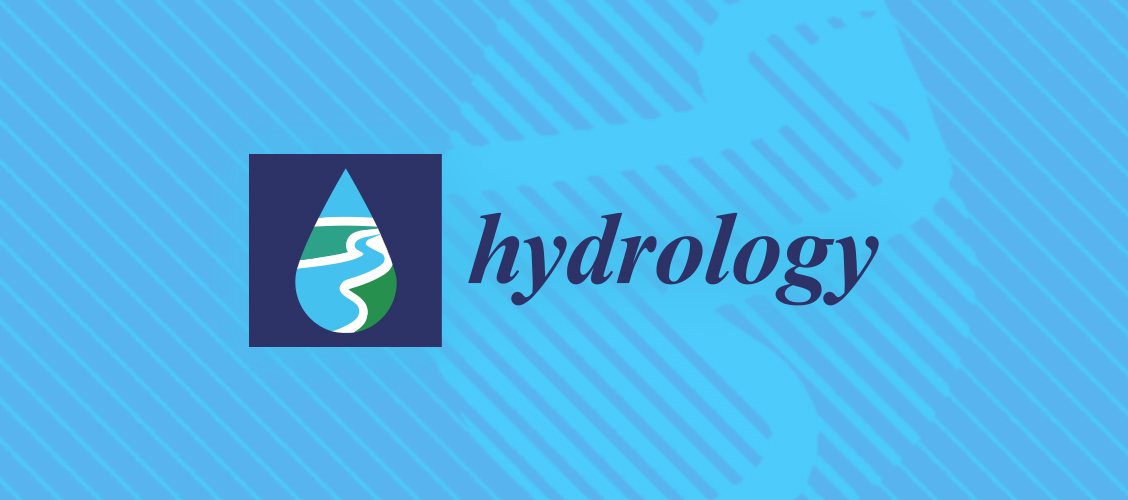
Trending Articles for February—Hydrology
In this week’s spotlight are four of MDPI’s most-accessed articles, which were all featured in the MDPI journal Hydrology last month according to our data obtained using Google Analytics:
- Recent Trend in Hydroclimatic Conditions in the Senegal River Basin;
- Future Climate Change Impacts on Streamflows of Two Main West Africa River Basins: Senegal and Gambia;
- Hydrological Evaluation of TRMM Rainfall over the Upper Senegal River Basin;
- Evaluation and Calibration of Alternative Methods for Estimating Reference Evapotranspiration in the Senegal River Basin in.
Resource management
From this specific group of papers, we can see an emergent theme of water resource management, which is a particularly hot topic currently due to the increasing prevalence of water scarcity and flooding owing to the climate crisis. In countries in the Global South, such as Senegal and Gambia, where there are fewer resources, we believe that it is particularly important that research be made freely available to support progress and development in less advantageous areas of the world, helping in the dissemination of science and making an impact where it counts.
The corresponding author for all 4 of these papers, Dr. Ansoumana Bodian, and some of his co-authors—Dr. Lamine Diop, Dr. Alain Dezetter, Dr. Pape Malick Ndiaye, and Dr. Andrew Ogilvie—provide a wrap-up of their work:
Summarizing leading work in hydrology
“In the early 1970s, West Africa experienced an unprecedented drought with regard to duration and intensity, which had a strong impact on the water availability of different river basins. To face the drought, the riparian states of these river basins, through basin organizations, built hydraulic infrastructures in order to regulate water flow and to promote the socio-economic development of those areas.
In the context of climatic change and water resource reduction, an information system for planning activities within different hydrosystems becomes a need for all stakeholders: local populations, industrialists, farmers, dam managers and decision makers. However, in recent years, the hydrological services of West African countries have had financial difficulty in monitoring river water resources due to the austerity policies imposed by international financial institutions. This leads to significant gaps in the time flow series. These gaps in the hydrological data series make it difficult to improve water management, and to design hydraulic infrastructures.
Hydrological models
On the other hand, in the absence of observed data, hydrological models allow us to generate hydrological information where it is lacking, from rainfall and ETP (however, they need a minimum amount of hydrometric information for calibration–validation). Thus, one of the major challenges of our work is to evaluate the performance of these models, but also to use them to fill the gaps in the flow time series to extend these hydrological data series as much as possible. This will allow a better characterization of the hydrological regimes of different sub-basins and, consequently, better knowledge of water resources and their temporal variability.
This knowledge constitutes the first level of management and a source of improvement of water resource management. Finally, a good calibration of hydrological models and, consequently, knowledge of their parameters can be beneficial beyond only the stakes of the high basin. Indeed, they can then be transposed to neighboring ungauged watersheds with similar hydrological behavior, thus providing orders of magnitude on the water resources of these basins.
Climate data
In recent years, access to climate data, particularly on a daily scale, has become increasingly difficult in West Africa because of the high cost of acquisition. This compromises hydrological studies on certain watersheds. In addition, the high spatial variability of rainfall would imply the existence of a denser rainfall network, which is not the case in most West African watersheds. For example, the Ebro Basin in Spain, with an area of 85,000 km2, has more than 1,000 rainfall stations (Dezetter et al., 2014), while the Senegal River Basin, with an area of 300,000 km2, has only 80 rainfall stations with significant gaps (Bodian et al., 2016). Moreover, for the 80 rainfall stations in the Senegal River Basin, only 23 stations had less than 5% gaps, on a daily scale, over the period 1950-1998 (Bodian et al., 2016).
Satellite data
To overcome this lack of observed data, satellite-derived precipitation products are an interesting alternative and have been evaluated by several works at different scales. In these works, satellite rainfall data were compared to a set of ground observations on annual, monthly and daily scales, showing that the progress made in recent decades in terms of the quality and usability of these products makes it possible to consider their use in West Africa. Therefore, our work has focused on the hydrological evaluation of these satellite-measured rains in various Senegalese watersheds.
The work presented in these different papers aims to characterize climate variability and assess its hydrological impact on long data series. These studies have tried, in the context of difficult-to-access observed data and the low-density measurement network, to use satellite products to better understand the resources that constitute the first level of good water resource management. They also aim to put all this into perspective for 2050 in the context of climate change in order to recommend adaptation strategies based on indicators of water resource changes but also in water uses.
Hydrology
By reading these different papers, readers will have an idea of the past, recent and future evolution of the West African climate but also the impact of climate variability and change on water resources. They will also be able to see the difficulty of conducting reliable hydrological studies in West Africa because of the incomplete nature of the hydrological series.”
If you’re interested in submitting to or reading research from Hydrology, please visit the journal homepage for more.











good knowledge
Thanks for the comment!